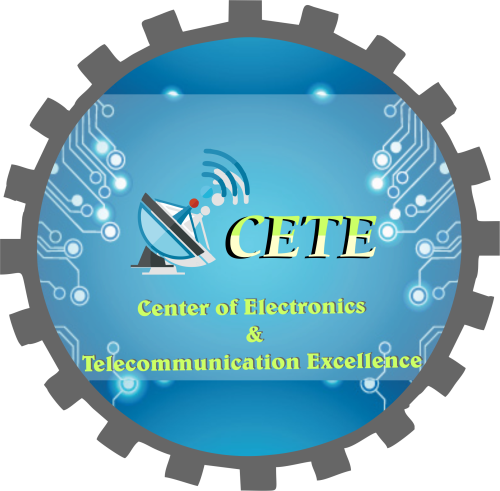The field of broadband cellular communication is rapidly advancing, with new technologies and research areas emerging to improve the performance, speed, and efficiency of mobile networks. The goal of this article is to provide an overview of the current state of broadband cellular communication and highlight some of the key areas of research and development in this field.
Research Areas
One of the major areas of research in broadband cellular communication is the development of 5G networks. 5G networks are the next generation of mobile networks that promise to deliver faster data speeds, improved network capacity, and lower latency. This will enable new applications such as virtual and augmented reality, remote surgery, and autonomous vehicles to be supported. Researchers are working on developing new technologies such as millimeter wave communication, massive MIMO, and network slicing to achieve these goals.
Another area of research is in the area of device-to-device (D2D) communication. D2D communication allows devices to communicate directly with each other rather than through a central network. This can improve network efficiency and reduce congestion, as well as enable new applications such as social networking and content sharing. Researchers are working on developing new technologies such as cooperative communication, network coding, and context-aware communication to improve the performance of D2D communication.
A third area of research is in the area of cognitive radio. Cognitive radio is a type of radio that can automatically adjust its transmission and reception parameters based on the environment in which it is operating. This can improve the utilization of spectrum resources, reduce interference, and improve the performance of wireless networks. Researchers are working on developing new technologies such as spectrum sensing, spectrum sharing, and game-theoretic approaches to optimize the performance of cognitive radio.
Keywords:
Broadband Cellular Communication, 5G, LTE, Cellular Networks, Mobile Communications, Wireless Communication, Mobile Data Services, Mobile Broadband, Mobile Internet, Wireless Network, Cellular Systems.
Key Highlights
- 5G networks will enable new applications such as virtual and augmented reality, remote surgery, and autonomous vehicles.
- Device-to-device communication can improve network efficiency and reduce congestion.
- Cognitive radio can improve the utilization of spectrum resources, reduce interference, and improve the performance of wireless networks.
References
- J. G. Andrews, R. W. Heath Jr., A. Gatherer, “What will 5G be?” IEEE Communications Magazine, vol. 52, no. 10, pp. 56-62, Oct. 2014.
- L. Liu, Y. Liu, S. Cui, “Device-to-Device Communications Underlaying Cellular Networks: A Survey,” IEEE Communications Surveys & Tutorials, vol. 16, no. 4, pp. 1801-1819, Fourthquarter 2014.
- A. A. Nasipuri, “Cognitive Radio: An Integrated Agent Architecture for Software Defined Radio,” IEEE Transactions on Mobile Computing, vol. 3, no. 4, pp. 366-379, Oct. 2004.
Explore Broadband Communications ..
